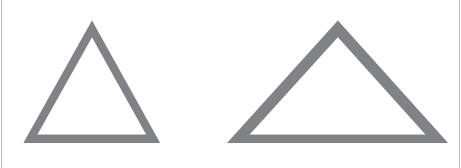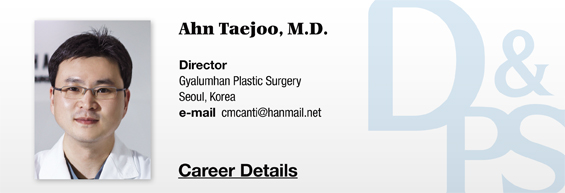The nasolabial angle refers to the angle that forms between the perpendicular line from the top of the philtrum and the line from the bottom of the columella(Figure 2).
.png)
Figure 2. Reference points and nasal length based on the profile. The nasolabial angle should be 100-105° in women and 95-100° in men
The angle of the ascension(height of the nasal dorsum) is important but close attention should be paid to details for the overall appearance to improve. For example, the nasal tip should be pronounced at the supratip break point.
The supratip lobule, infratip lobule, and columella breakpoint should be noticeable for the nose to appear natural and balanced(Figure 3). Drastic surgical enhancement of these areas can create an awkward appearance. Personally, I think the supratip break point should be made more pronounced for better aesthetic results.
.png)
Figure3. Important nasal tip structures for improving aesthetics.
The fullness of the sides of the nose also affect the overall impression of the nose. Mountain peaks with the same height can appear to be lower or higher depending on the angle of the ridges. When the ridges ascend at a lower angle, the peak would appear lower than it actually is. This is the same for the nose(Figure 4).
Low and wide ridges of the nose is the most common in Asians. Raising the dorsum alone can make the nose appear taller but if the dorsum is too wide, it would create a flattened look. This can be corrected by resecting the lateral cartilage. This can be corrected by narrowing of the lateral bone.

Figure4. The visual aesthetics of the nose can be affected by the angle of the lateral cartilage. This is the same principle of a mountain peak appearing to be lower with gradual ascension of the ridges
[Advertisement] MAGNUM(Q-switched Nd:YAG Laser) – Manufacturer: (www.i-dana.com)]
-To be contined





















